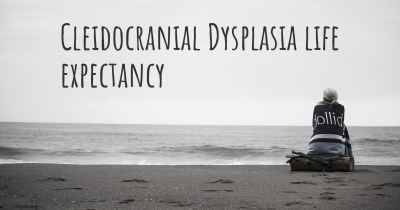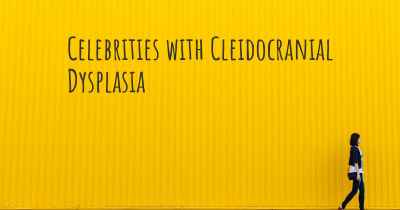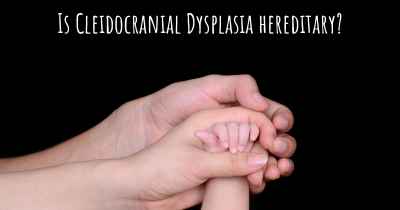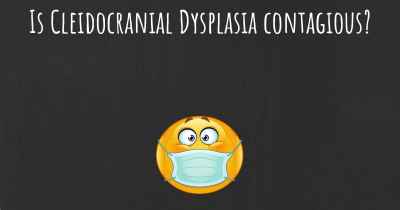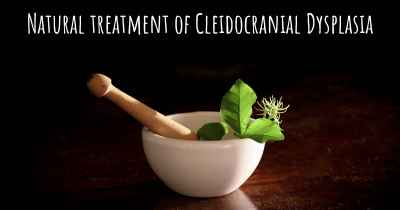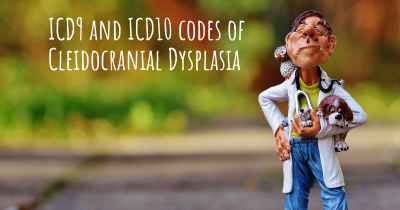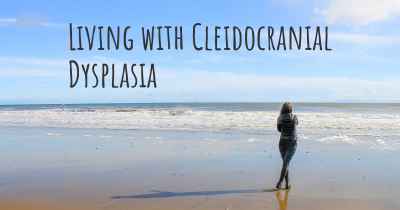Which are the causes of Cleidocranial Dysplasia?
See some of the causes of Cleidocranial Dysplasia according to people who have experience in Cleidocranial Dysplasia
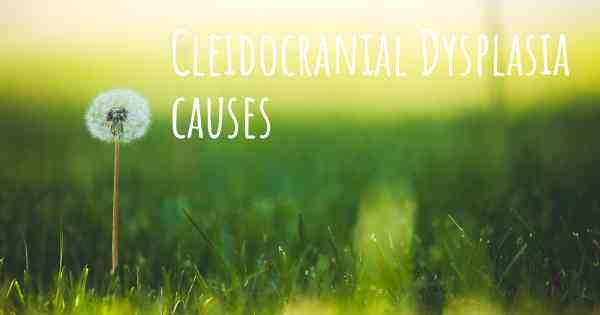
Cleidocranial Dysplasia (CCD) is a rare genetic disorder that affects the development of bones and teeth. It is characterized by abnormal growth and development of the skull, collarbones, and teeth. CCD is caused by mutations in the RUNX2 gene, which plays a crucial role in the formation of bones and teeth.
The RUNX2 gene provides instructions for making a protein called core-binding factor alpha-1 (CBFA1), which is essential for the normal development of bones and teeth. Mutations in this gene can disrupt the normal functioning of CBFA1, leading to the characteristic features of CCD.
CCD is typically inherited in an autosomal dominant pattern, which means that a person only needs to inherit one copy of the mutated gene from either parent to develop the disorder. In some cases, however, CCD can occur sporadically, without a family history of the condition. These sporadic cases may be caused by new mutations in the RUNX2 gene.
The exact mechanisms by which mutations in the RUNX2 gene lead to the specific features of CCD are not fully understood. However, it is believed that the mutations interfere with the normal development and maturation of bone and tooth cells.
One of the most prominent features of CCD is the underdevelopment or absence of collarbones, which allows for increased mobility of the shoulders. This can result in a characteristic sloping of the shoulders and an increased range of motion in the joints. Additionally, CCD affects the development of the skull, leading to a delayed closure of the fontanelles (soft spots) and sutures (fibrous joints between the skull bones). This delayed closure can cause an abnormally shaped skull and may contribute to dental abnormalities.
Speaking of dental abnormalities, individuals with CCD often have delayed eruption of permanent teeth, resulting in a prolonged retention of primary (baby) teeth. The permanent teeth that do erupt may be misaligned, crowded, or malformed. Other dental abnormalities associated with CCD include extra teeth (supernumerary teeth), small or cone-shaped teeth, and a high arched palate.
While the genetic cause of CCD is well-established, there are currently no known preventive measures or cures for the disorder. Treatment primarily focuses on managing the symptoms and addressing the specific needs of each individual. This may involve orthodontic treatment to correct dental abnormalities, surgical interventions to address skeletal abnormalities, and ongoing monitoring of bone health.
In conclusion, Cleidocranial Dysplasia is caused by mutations in the RUNX2 gene, which disrupt the normal development of bones and teeth. The disorder is typically inherited in an autosomal dominant pattern, but sporadic cases can also occur. CCD affects the collarbones, skull, and teeth, leading to characteristic features such as absent collarbones, delayed closure of fontanelles and sutures, and dental abnormalities. While there is no cure for CCD, treatment focuses on managing symptoms and addressing individual needs.
Posted May 16, 2017 by Paige 600
